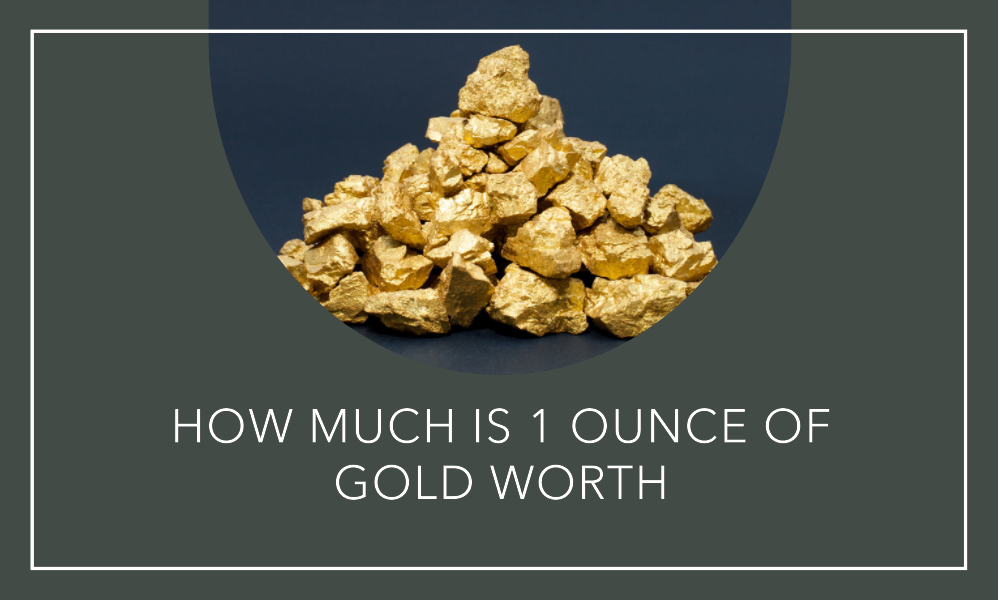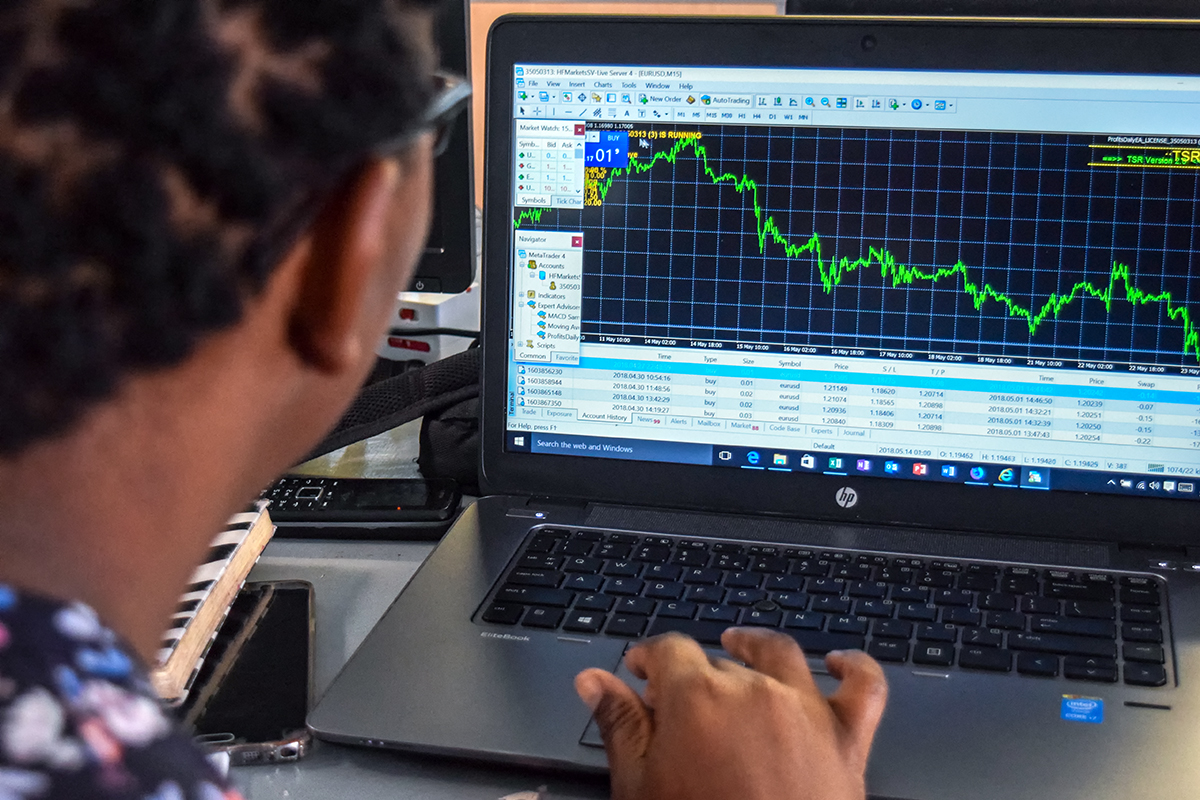Gold has been coveted for centuries as a precious metal, a symbol of wealth, and a form of currency. Its value is known to fluctuate due to various market factors. In this article, we will explore how the worth of 1 ounce of gold is determined, and the factors affecting its value.
Understanding Gold Measurements
Before delving into the price, it’s essential to understand how gold is measured. The most common unit of measurement for gold is the troy ounce. One troy ounce is equivalent to about 31.1 grams. It’s important to note that a troy ounce is slightly heavier than the avoirdupois ounce, which is about 28.35 grams and commonly used in the United States.
Dynamic Pricing
The value of gold is constantly changing due to its global demand. Generally, the price of gold is quoted per troy ounce in US dollars. The price of gold was around $1,750 to $1,800 per troy ounce. However, since this article is written in the past and you are reading it in July 2023, it is recommended to check a reliable financial news source for the most current gold prices.
Factors Affecting Gold Prices
Several factors influence the price of gold. These include:
- Supply and Demand: Like any commodity, the balance between supply and demand plays a significant role in determining the price of gold.
- Market Sentiment: Investor behavior often influences gold prices. For example, in times of economic uncertainty, investors tend to see gold as a safe-haven asset, which can drive up its price.
- Currency Values: Gold prices are typically inversely related to the US dollar. When the dollar is strong, gold prices tend to drop, and vice versa.
- Central Bank Reserves: Central banks hold significant amounts of gold. When they decide to buy or sell gold, it can have a sizable impact on the market.
- Inflation: Gold has historically been seen as a hedge against inflation. When inflation rates are high, gold prices tend to rise as well.
- Geopolitical Tensions: Political turmoil and uncertainties can cause investors to turn to gold as a more stable investment, which can, in turn, affect its price.
- Interest Rates: Lower interest rates can lead to higher gold prices as the opportunity cost of holding non-yielding bullion decreases.
Checking the Value
To find the current value of 1 ounce of gold, you can visit various financial news sources such as Bloomberg, CNBC, or specialized websites like Kitco. These platforms usually have up-to-date information on commodity prices, including gold.
Conclusion
The value of 1 ounce of gold is dynamic and influenced by an array of factors ranging from supply and demand to geopolitical tensions. It’s essential to understand these factors if you’re considering investing in or trading gold. Always remember to consult a financial advisor and rely on reputable sources for the latest pricing information.









Comments